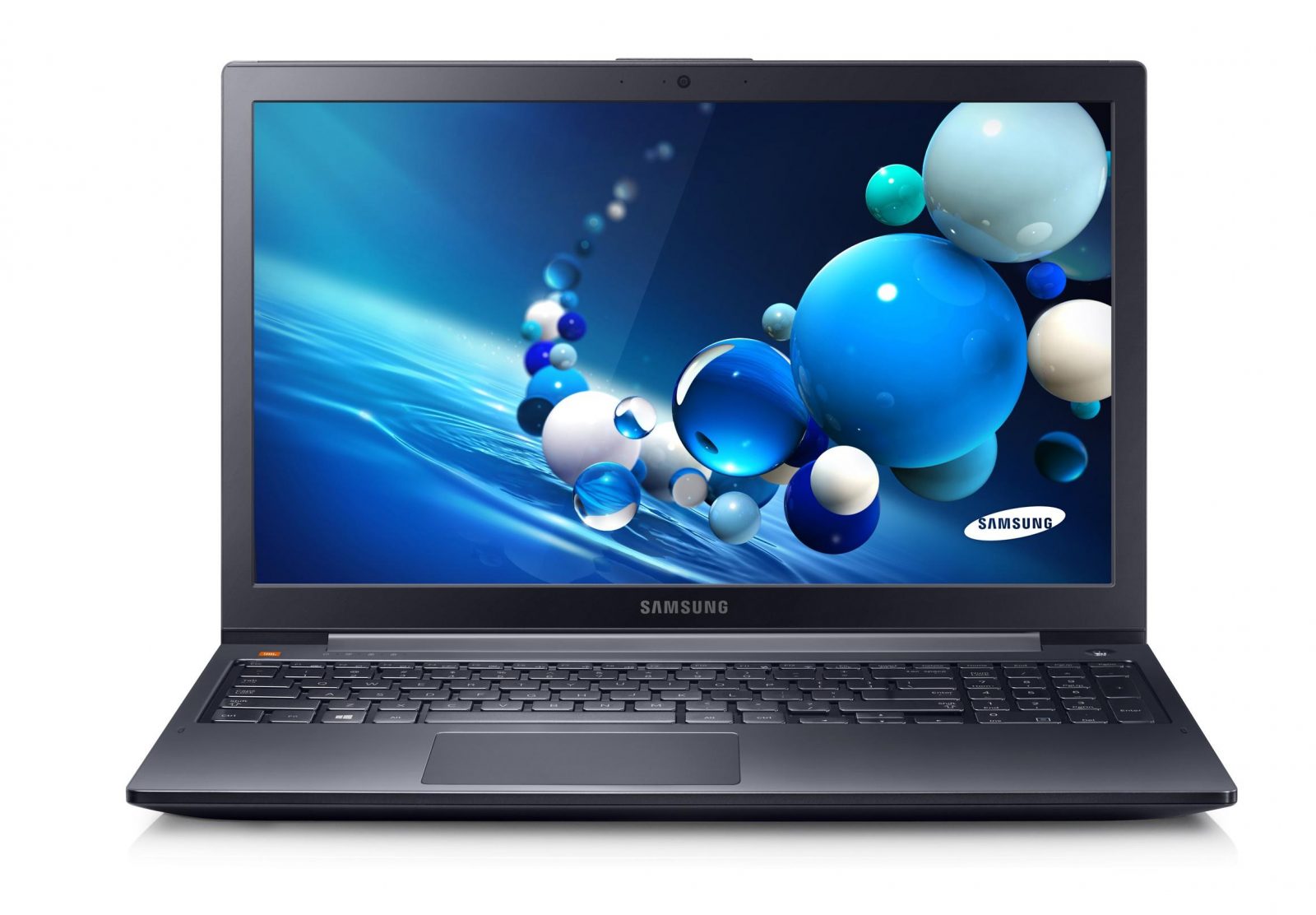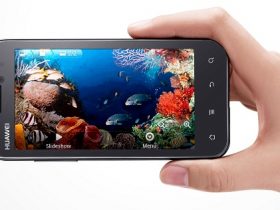 Laptop and smartphones have become an integral part of everyone’s lives. They have moved away from being the extravagant luxury of the lucky few to an essential component of most business and several households. Over the last few years, several technological advancements have been made with respect to the power output, storage, weight and apps (for smartphones) of the laptop and smartphones.
Laptop and smartphones have become an integral part of everyone’s lives. They have moved away from being the extravagant luxury of the lucky few to an essential component of most business and several households. Over the last few years, several technological advancements have been made with respect to the power output, storage, weight and apps (for smartphones) of the laptop and smartphones.
While purchasing a laptop, you consider its computing power, weight, storage etc. Another feature that you need to consider is the laptop screens, the part that conveys the information to us that we look at and work with. While choosing the laptop screen, display lovers have a choice- matte or glossy. Both types of laptop screens are different in terms of functionality and image transmission, but are identical in their technical specifications. Although smartphones are available only in glossy screens, one can reduce the glare by adding anti reflective screen.
Matte laptop screens comprise an outer polarizing layer, which has been coarsened using mechanical and chemical processing. Matte surface is achieved through a series of chemical surface treatments. The function of the matte surface is to diffuse ambient light rather than reflecting it directly back to the viewer. This prevents unwanted reflection and glare, and scatters the reflected light. For people who have long working hours in front of laptop screens, anti-glare screen is beneficial as it puts less strain to eyes. This characteristic, however, comes with a disadvantage. As some of the light is absorbed by the matte surface itself, there is reduction in the contrast ratio, color intensity and viewing angle. The reduction in sharpness varies from slight to moderate, depending upon the thickness and layering of matte surface.
Glossy laptop screens, on the other hand, have smooth outer polarizing layer. Rather than diffusing ambient light, the smooth surface of glossy laptop screens reflects it back quite directly. The glossy screen acts like a mirror and reflect more light than matte displays. When the screen is used in direct sunlight or near bright lamps, reflections will produce strong glare which can affect the visibility. As the light emanating through the glossy screen passes through the glossy surface undisturbed, better image is produced. Therefore, glossy laptop screens display increasingly saturated colors, deeper blacks and brighter whites, and sharper images. Most laptop manufacturers mark their glossy screens under different names, Color Shine for Asus laptop screens, CrystalBrite for Acer laptop screens etc. Glossy screens are more enjoyable in rooms where all the light sources are diffused.
Glossy or matte laptop screens- it is a matter of taste, so it is your preference. If contrast or brightness is not important for you, and your work involves working with text or spreadsheets, then a matte screen would be preferable. Glossy laptop screens are a perfect choice if you want to enjoy your movie, photos or web browsing.
About the author-
This is a guest post by Shams, who is an expert in the field of display technology. The author has written several articles on laptop screens, smartphones and smartphone apps.

























